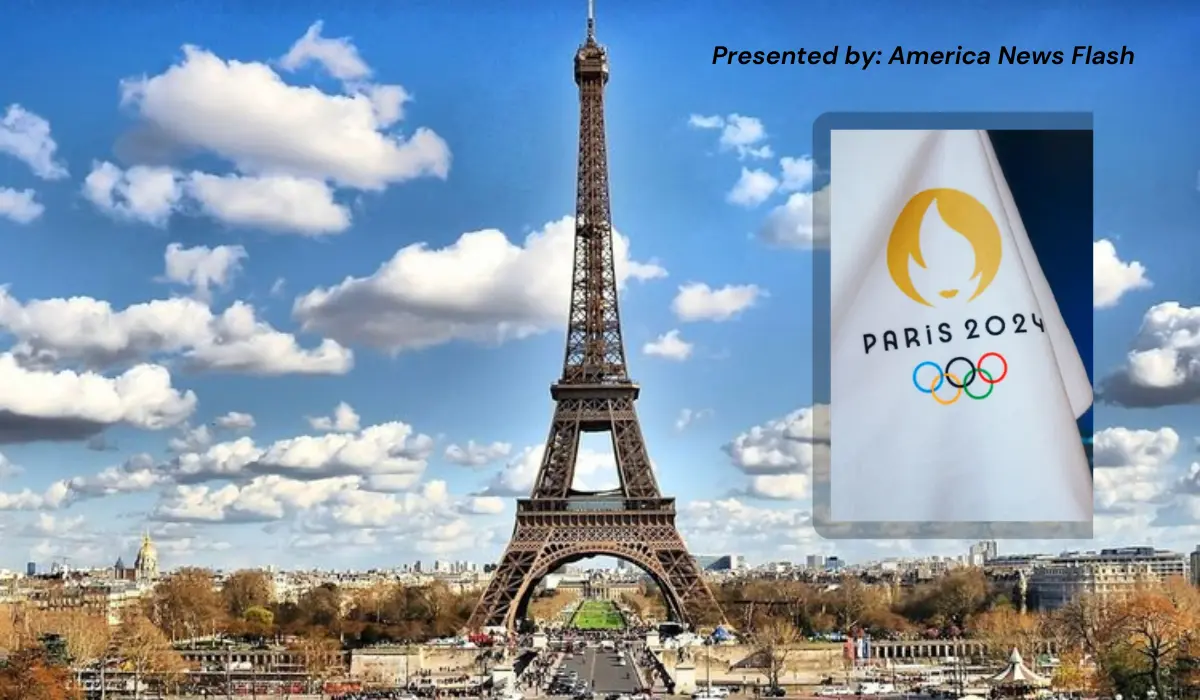Introduction
The Olympics are a global celebration of sport, culture, and unity, bringing together nations from around the world. At the heart of this international event is the Olympics Opening Ceremony, a spectacle that sets the stage for the competitions to come. This ceremony is not just an introduction; it is a celebration of the host country’s culture, a demonstration of athletic pride, and a message of peace and unity to the world. In this article, we explore the rich history, significance, and intricacies of the Olympics Opening Ceremony, providing insights into its evolution and impact.
History of the Olympics Opening Ceremony
The Olympics Opening Ceremony has a long and storied history, dating back to the ancient Olympic Games in Greece. The ancient ceremonies were religious, featuring sacrifices and rituals to honor the gods. When the modern Olympics were revived in 1896, the opening ceremony took on a new form, combining ancient traditions with contemporary elements.
Over the years, the opening ceremony has evolved, reflecting changes in the global political landscape and advancements in technology. Initially, the ceremonies were simple, focusing primarily on the Parade of Nations and the lighting of the Olympic flame. However, as the Games grew in size and scope, so did the ceremonies, incorporating elaborate artistic performances and technological displays.
Elements of the Opening Ceremony
The Olympics Opening Ceremony is a meticulously choreographed event, featuring several key elements that have become traditional over the years:
- Parade of Nations: Athletes from each participating country march into the stadium, proudly displaying their national flags. This parade is not just a display of athletic talent but also a symbol of global unity and peace.
- Lighting of the Olympic Flame: The Olympic flame is a powerful symbol of the Games, representing the eternal spirit of competition and camaraderie. The torch relay culminates in the lighting of the cauldron, a moment that captivates audiences worldwide.
- Artistic Performances: Host countries use the opening ceremony to showcase their cultural heritage through music, dance, and theatrical performances. These artistic displays highlight the diversity and richness of the host nation’s traditions.
- Oaths and Anthems: Athletes and officials take oaths to uphold the values of the Olympics, and national anthems are played to honor the participating countries.
Significance of the Opening Ceremony
The Olympics Opening Ceremony holds immense significance, both culturally and economically. It is an opportunity for the host country to showcase its culture and history to a global audience, promoting tourism and enhancing its international image. The ceremony also serves as a platform for political messages, with countries often using the event to express their values and aspirations.
Economically, the opening ceremony can have a significant impact on the host country’s economy. It attracts tourists, generates media coverage, and boosts local businesses. The ceremony is a major marketing opportunity, with billions of viewers tuning in from around the world.
Notable Opening Ceremonies in History
Several Olympics Opening Ceremonies have left a lasting impression on audiences, standing out for their creativity and impact:
- Beijing 2008: The Beijing Olympics Opening Ceremony was a visual spectacle, featuring thousands of performers, intricate choreography, and cutting-edge technology. It showcased China’s rich cultural heritage and emphasized its emergence as a global power.
- London 2012: London delivered a quirky and imaginative ceremony, celebrating British history and culture. Highlights included a tribute to the National Health Service and a surprise appearance by Queen Elizabeth II in a James Bond-themed segment.
- Sydney 2000: The Sydney Olympics marked the dawn of a new millennium, and the opening ceremony reflected this theme with a celebration of Australian culture and a focus on environmental sustainability.
The Planning and Execution Process
Organizing an Olympics Opening Ceremony is a monumental task, requiring years of planning and coordination. Host countries assemble teams of artists, choreographers, and technical experts to create a seamless and captivating show. The process involves extensive rehearsals, meticulous attention to detail, and innovative use of technology to enhance the visual and auditory experience.
Technology plays a crucial role in modern opening ceremonies, with advancements in lighting, sound, and special effects creating unforgettable moments. The use of drones, virtual reality, and augmented reality has transformed the way audiences experience the ceremony, both in the stadium and on television.
Challenges and Criticisms
While the Olympics Opening Ceremony is a celebration of global unity, it is not without its challenges and criticisms. Host countries often face logistical and financial challenges, with the pressure to deliver a flawless event. The high cost of organizing the ceremony can strain national budgets, leading to debates about the allocation of resources.
Critics also argue that the opening ceremony can be overly commercialized, with an emphasis on entertainment rather than the true spirit of the Olympics. Some ceremonies have faced controversies over cultural representation and political messages, sparking debates about the role of the event in addressing global issues.
Future of the Olympics Opening Ceremony
As the world continues to evolve, so too will the Olympics Opening Ceremony. Future ceremonies are likely to embrace new technologies and innovative approaches to storytelling. Sustainability and environmental consciousness are expected to play a larger role, with host countries seeking to minimize the environmental impact of the event.
The increasing diversity of participating countries and cultures will also influence the content and themes of future ceremonies. The focus will be on celebrating global unity and inclusivity, highlighting the shared values that bind the international community.
Conclusion
The Olympics Opening Ceremony is a powerful expression of cultural identity, global unity, and the enduring spirit of the Games. It sets the tone for the competition that follows, inspiring athletes and audiences alike. As the world continues to change, the ceremony will evolve, reflecting new values and aspirations. Yet, its core purpose remains the same: to bring people together in the name of sport, peace, and friendship.

